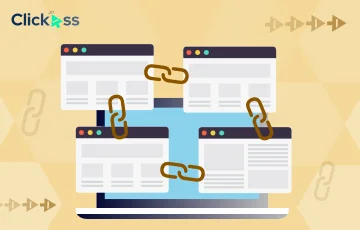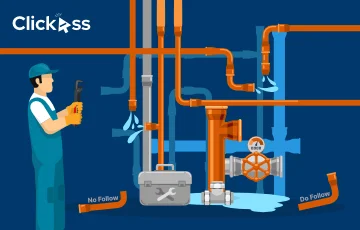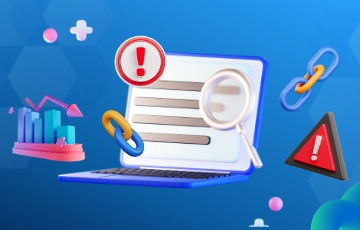Key Takeaways
- Localized backlinks outperform generic ones—Google favors region-specific links in SERPs, especially when paired with hreflang optimization.
- One-size-fits-all outreach fails internationally—you need region-specific messaging, cultural awareness, and native-language communication.
- Content must feel native—direct translation isn’t enough. Adapt tone, keywords, and references to each target market for better rankings and linkability.
Backlinks aren’t just about numbers anymore—especially if you’re targeting global search visibility.
In 2025, the rules of international link building are being rewritten.
Relevance, language, location, and user intent now shape how search engines value your links.
Building local authority through international outreach links is non-negotiable if you’re trying to grow in international markets or improve performance across country-specific SERPs.
This guide breaks down practical, up-to-date strategies for global backlink strategy, including hreflang tag optimization, country-specific link building, and the role of multilingual SEO.
Understanding International Link Building
You can’t expand your global reach if search engines don’t know you exist in those regions.
International link building ensures your content gets noticed by the right audience in the right country. Let’s get into the basics:
What is International Link Building?
International link building is the practice of acquiring backlinks from websites based in different countries or serving different language audiences.
It’s a critical part of global SEO, helping search engines understand that your site is relevant in multiple regions and languages.
These links can drive localized traffic, boost authority in country-specific SERPs, and support multilingual content efforts.
Key Differences: National vs. International Link Building
Aspect | National Link Building | International Link Building |
Target Audience | Single country, single language | Multiple countries, possibly multilingual |
Domain Extensions (TLDs) | Often uses .com or country-specific TLDs | Focuses on acquiring links from various ccTLDs |
Content Strategy | Aligned with one cultural context | Tailored to multiple regions and languages |
Technical SEO Considerations | Basic on-page optimization | Includes hreflang tags, geo-targeting, etc. |
Outreach Tactics | Domestic media, blogs, and influencers | Country-specific outreach, translators may be needed |
Why It Matters in 2025
In 2025, ignoring international link building means leaving massive growth potential on the table.
Here’s why it matters so much:
1. Increased Global Competition
Everyone’s going global now—from bootstrapped startups to Fortune 500s.
As more businesses expand beyond borders, search engine results are becoming saturated with content from all corners of the world. If you’re not actively building localized backlinks, your content gets buried.
2. Emerging Markets and Multilingual Audiences
Regions like Southeast Asia, Latin America, and the Middle East are seeing massive spikes in internet adoption and e-commerce growth.
These users search in their native languages and expect content that speaks their cultural context.
Localized backlinks help search engines map your site to specific language clusters, which is critical if you’re trying to reach international SEO goals or tap into underserved but high-growth regions.
3. Search Engine Algorithm Updates Favoring Localized Content
Google has steadily moved toward intent-based search and regional accuracy.
Recent algorithm updates lean more on local engagement signals, including the origin of backlinks.
Even with perfect technical SEO, you’ll be outranked if your backlinks come from irrelevant geographies. Without local links, it’s like putting a GPS pin on a map with no roads leading to it.
📚Also read: For a deeper look at scalable tactics, explore our complete link building guide. |
Step Zero: Prepare for Global SEO Expansion
Breaking into international markets with SEO is more than translation is a complete strategy shift. Before launching any content or chasing global backlinks, here’s what you need to do:
1. Market Research and Analysis
This phase helps you uncover where the real demand is, how people search, and what local competitors are doing right (or wrong). Here’s how to go about it:
Step | What to Do | Why It Matters | Example / Tip |
Identify Target Countries & Languages | Use website analytics to find where current traffic or conversions are coming from | Focus efforts on markets with real demand and manageable competition | Check GA4’s “User > Demographics” report for country-level traffic |
Analyze Local Search Behavior | Use tools like Google Trends or Semrush to explore regional keyword usage and phrasing | Helps you align content with actual user intent, not assumptions | “Football” in UK vs. “Soccer” in US—intent is the same, keywords differ |
Assess Competitor Presence | Identify local competitors and evaluate their SEO strengths and backlink sources | Gauges difficulty level and helps refine your market entry plan | Use Ahrefs to compare backlink profiles and SERP visibility |
2. Technical Considerations
Even the best content fails if your site isn’t set up to support international traffic. This is where hreflang tags, domain structure, and legal compliance come into play.
Here’s what to do:
Technical Area | What It Means | Why It Matters | Example / Tip |
Hreflang Tags | HTML attribute that signals language and region targeting | Prevents duplicate content and shows the correct version in SERPs | <link rel=”alternate” hreflang=”fr-FR” href=”…/fr-fr/” /> |
Domain Structure | How your site URLs are structured per region (ccTLDs, subdomains, subdirectories) | Impacts geotargeting strength and domain management | example.fr vs fr.example.com vs example.com/fr/ |
Accessibility & Compliance | Adapting design and content to local legal/UX standards | Avoids fines, bounce rates, and user mistrust | Use GDPR-compliant cookie banners in the EU |
Hosting & Server Location | Hosting your site closer to the target region | Improves site speed and SEO relevance in that country | Use CDNs or local servers for markets like China or Brazil |
Currency & Units Localization | Displaying prices, weights, and formats in local standards | Enhances trust and conversion rates | Show GBP in the UK, EUR in France, metric units where applicable |
How to Build International SEO Links
If you want backlinks that actually move the needle in a foreign market, start by creating content that doesn’t feel foreign to begin with.
Localization is what earns trust and links. Let’s find out how you can build your international SEO links:
1. Localize Content for Target Audiences
Let’s be real: translated content alone won’t cut it in 2025. Google’s getting better at spotting lazy international SEO, and so are your users.
If you want real international outreach links, the kind that local publishers, bloggers, and directories want to link to, your content has to feel like it was made for that market.
👀 Did you know? 65 percent of people prefer content in their language, and 40 percent won’t make a purchase otherwise. |
Start by working with native speakers—not just for translation, but for rewriting your content in a way that fits the culture.
Think beyond grammar. Think tone, relevance, and familiarity.
For instance, a blog post about summer fashion in the UK isn’t going to resonate the same way in Australia, where “summer” means December, not July.
Sprinkle in local idioms, familiar references, and brands people actually know. These subtle cues tell both readers and algorithms that your content belongs in that space.
Coca-Cola nailed this with their “Share a Coke” campaign—using first names in Australia to tap into individualism, and switching to group terms like “Classmate” and “Best Friend” in China to align with collectivist values. That level of adaptation built real engagement and made the campaign go viral.
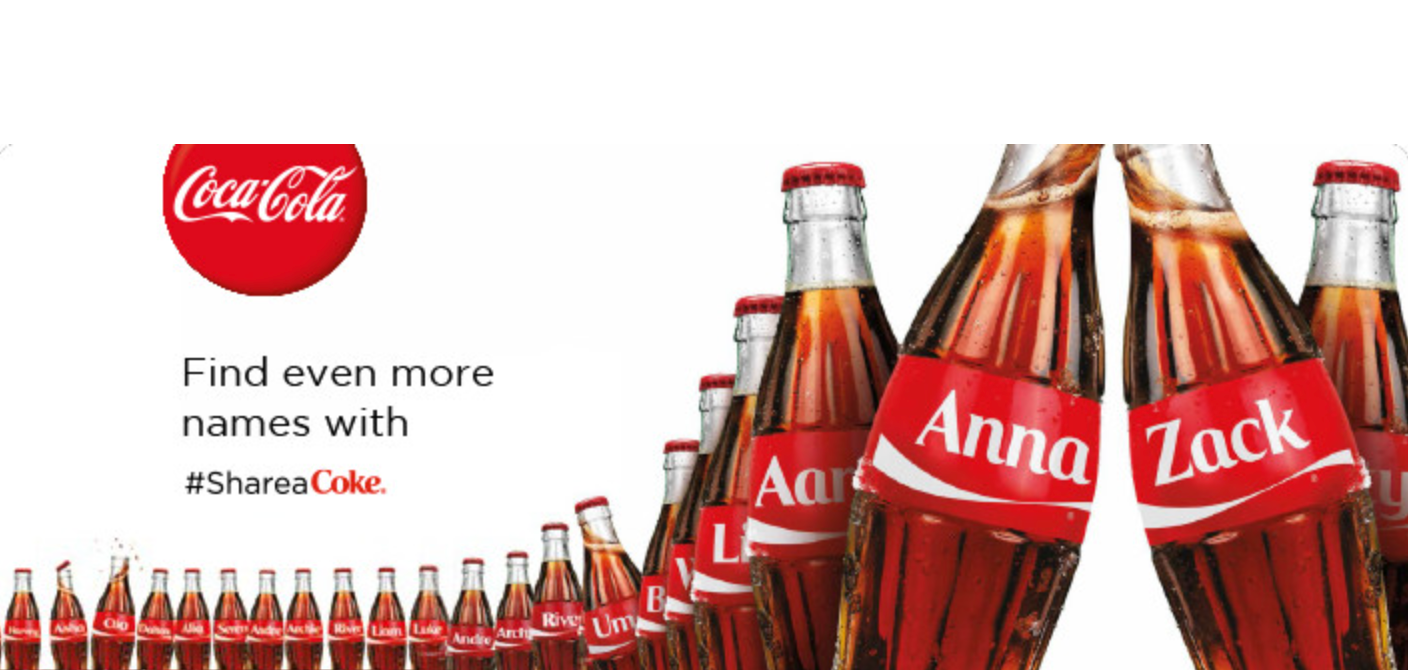
Notion took a similar path with product localization. When they launched a fully localized Japanese version of their platform, it wasn’t just a translation—it included UI tweaks, regional support, and cultural fit.
This resulted in a major jump in daily active users in Japan, proving how powerful true localization can be for SaaS products.
📚Also read: How to Check Who Links to My Site Or Any Site for Better SEO? |
2. Build Relationships with Local Influencers and Websites
Links don’t come from content alone—they come from people.
And if you’re targeting international markets, those people are local bloggers, publishers, and webmasters who already have the audience you want.
- Start by identifying the voices that matter in your niche within that region.
- Look at who’s ranking, who’s active on local platforms, and who gets shared often.
- Show up in places they already trust—local forums, community platforms, or even niche Slack groups.
For example, in the U.S., Dieter Bohn (formerly at The Verge) is a trusted voice in consumer tech. But if you’re targeting Germany, Carsten Knobloch (of stadt-bremerhaven.de) would be the better contact.
Same niche, but different spheres of influence.
📚Also read: Unlocking the Power of Reciprocal Links in 2024: Strategies for SEO Success. |
3. Utilize Local Directories and Citations
Not all backlinks need to be flashy.
Some of the most dependable ones come from simple, often-overlooked sources:
local directories and citations.
These are staples in international link building—not because they drive massive traffic, but because they build trust and relevance in search engines’ eyes.
Also, look for local citation opportunities beyond directories—like event pages, chamber of commerce listings, and niche industry hubs within your target market.

These help reinforce your business’s presence in that location.
Here are a few directories and citation opportunities to look forward to:
Country/Region | Recommended Directories | Citation Opportunities |
United Kingdom | Federation of Small Businesses, London & Partners, TechUK events | |
Spain | Barcelona Chamber of Commerce, regional event sites | |
Germany | IHK (Chambers of Industry and Commerce), local Meetup groups | |
France | Bpifrance events, La French Tech, Paris business directories | |
Australia | Business.gov.au listings, state-specific trade directories | |
Canada | Canadian Chamber of Commerce, local BIA (Business Improvement Areas) | |
India | IndiaMART listings, StartupIndia hub, Nasscom member directories | |
Brazil | SEBRAE directories, regional expos, business council pages |
4. Leverage Country-Specific Domains
Your domain setup influences how search engines and users perceive your website locally. ccTLDs (.de, .fr) build the strongest local trust but require heavier maintenance. Subdomains offer flexibility but split authority.
Subdirectories are easier to manage but need hreflang support to perform well in SERPs.
For example, if you search “apple official website” in the US, on Google, this is the first result:

If you do the same in Spain, we see this version of the page:

Hreflang makes this possible.
Make sure you choose your structure type based on your goals, resources, and markets. Here’s a quick rundown:
Structure Type | Example | SEO Strength | Management Effort | Best For |
ccTLD | example.de | Strongest local signal | High | Building trust & visibility in a specific country |
Subdomain | fr.example.com | Moderate (can split authority) | Medium | Semi-independent teams or region-specific branding |
Subdirectory | example.com/fr/ | Strong if optimized | Low | Centralized management with regional content focus |
💡Bonus tip
Avoid using URL parameters for language targeting.
Google discourages it as it weakens geotargeting, confuses users, and hurts crawlability. Stick to ccTLDs, subdomains, or subdirectories for better international SEO.
5. Outreach Strategies for International Link Building
You won’t earn high-quality international backlinks by sending the same cold email across ten countries. Here’s how to craft smarter, region-aware campaigns that actually get responses:
- Adapt tone by culture: A casual pitch that works in the U.S. might feel unprofessional in Germany or Japan. For example, German outreach often values clarity and credentials, while Brazilian contacts may expect a friendly, rapport-building tone before doing business.
- Use local language when possible: Even if someone speaks English, a native-language pitch increases open rates and trust. Don’t machine-translate—hire a native copywriter for key markets.
- Tailor your offer: Don’t just ask for a backlink. Show how your content is relevant to their readers. Example: Pitching a sustainability blog in Sweden? Reference your latest report on Nordic green tech trends.
- Tools that scale: Use Ahrefs or Semrush to find regional link opportunities by filtering ccTLDs (.fr, .jp, etc.). Manage outreach using BuzzStream, Pitchbox, or Respona—but personalize templates by region.
- Track by market: Monitor reply and success rates per country. Use tools to discover outreach targets that are relevant in each country. If Italy responds better to informal intros while France needs more polish, adjust your playbook accordingly.
Example:
Here’s a region-aware sample outreach pitch tailored for the German market:
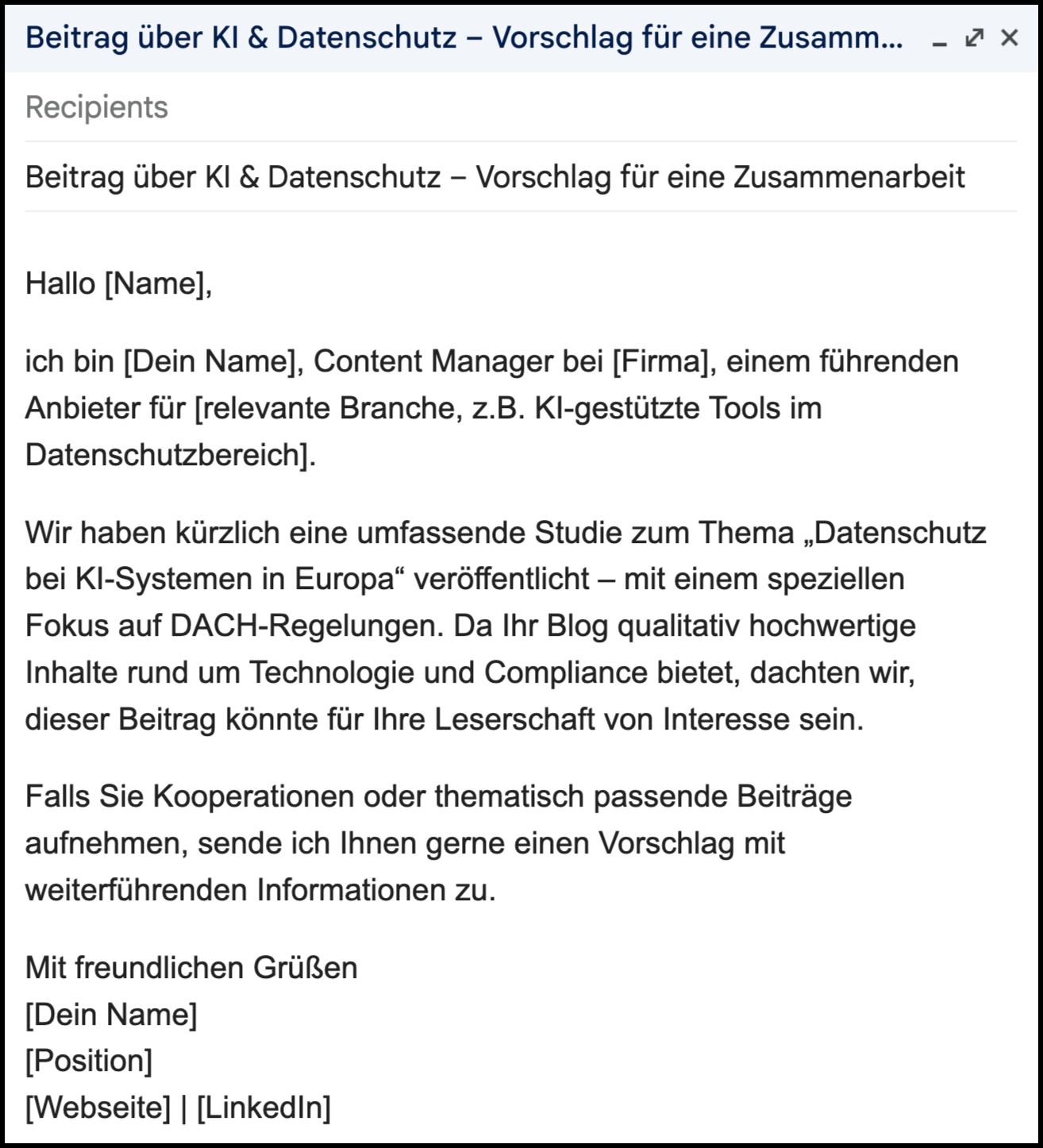
6. Monitor and Measure Success
International link building without tracking is just guesswork. You need to know what’s working, where it’s working, and why.
This is why measuring your success becomes essential. It helps avoid wasted effort and reveals where to invest next. Here’s how to go about it:
What to Measure | Tool(s) | What It Tells You | Actionable Insight |
Backlink Profile by Country | Ahrefs, Semrush, Majestic | Source, quality, and diversity of links per region | See which markets are linking naturally—and where to improve |
Domain Authority / DR Growth | Moz, Ahrefs | Overall link profile strength | Gauge long-term SEO impact of your link-building efforts |
Organic Traffic by Region | Google Analytics 4 | Which countries are driving visits | Reallocate resources to growing or stagnant markets |
Keyword Rankings by Location | Semrush, Google Search Console | If localized content is ranking in the right countries | Spot ranking gaps and content mismatches |
Outreach Performance | BuzzStream, Pitchbox, Email CRM | Open rates, replies, and link wins per region | Refine your pitch and targeting per country |
7. Reverse Engineer the Global Competitor Backlinks
When expanding internationally, the smartest shortcut is studying who’s already winning.
Reverse engineering competitor backlinks helps you pinpoint high-value link sources without starting from zero.
It reveals where competitors are earning links, what kind of content gets picked up, and which domains are already open to similar pitches. Instead of casting a wide net, you’re going after proven targets.
Here’s how to do it effectively:
- Identify global competitors in each of your target countries—include both direct rivals and similar businesses in related niches.
- Use tools like Ahrefs or Semrush to pull their backlink profiles.
- Filter by country-specific TLDs (e.g., .fr, .de, .jp) to surface international links only.
- Sort by domain authority to prioritize opportunities that offer high-authority backlinks.
- Study the content formats earning those links—are they interviews, guest posts, tools, data roundups, or how-to guides?
- Then, craft better pitches or updated content around the same themes. Offer a fresh angle, regional insights, or improved design to increase your odds of getting the link.
💡Bonus tipUse the “Link Intersect” feature in SEO tools to find domains that link to your competitors but not you—then create tailored pitches to bridge that gap. |
Common Challenges and How to Overcome Them
International link building isn’t plug-and-play. It’s layered, and each region comes with its own set of hurdles.
Here are the key challenges you’ll face—and how to stay ahead of them.
1. Language and Cultural Barriers
A direct translation of your content or outreach email rarely works.
Different regions have different humor, tone, idioms, and expectations. If your messaging feels off, people won’t link to you—simple as that.
How to overcome this?
Hire native speakers to craft content and emails from scratch, not just translate. Then run cultural sensitivity reviews before anything goes live.
What sounds persuasive in English might sound arrogant or confusing elsewhere.
2. Legal and Regulatory Compliance
What’s legal online in the U.S. may breach laws in Europe or Asia. You’re not just adapting content—you’re adapting to legal systems.
How to overcome this?
Countries vary in data privacy rules, advertising standards, and digital content laws.
For example, GDPR in the EU or LGPD in Brazil can seriously impact how you handle user data and outreach tracking.
Always research local laws before launching. If in doubt, get local legal guidance. Also, keep an eye on AI-powered link building trends shaping the future of SEO.
3. Resource Allocation
Going global spreads your team thin, fast. Many brands try to launch in five countries at once and end up doing a mediocre job in all of them.
How to overcome this?
Prioritize markets with the highest ROI potential.
Focus efforts on one region, test your strategy, and only then scale gradually. It’s better to dominate one region than flop in five. Or, if you want to scale quickly, consider reselling backlink services to outsource part of your campaign.
Final Words
International link building is essential if you’re serious about ranking beyond your home market.
When done right, it gives your site localized trust, better visibility, and access to audiences that your competitors might be ignoring.
From content localization to region-specific outreach and domain strategy, the steps we’ve covered are practical, scalable, and proven.
FAQs (Frequently Asked Questions)
1. What is international link building?
International link building involves acquiring backlinks from websites in different countries to improve your site’s visibility and rankings in global search engine results.
2. How does hreflang affect international SEO?
Hreflang tags inform search engines about the language and regional targeting of your pages, ensuring users see the correct version in search results.
3. Should I use ccTLDs or subdirectories for international sites?
Both have pros and cons. ccTLDs can enhance local trust, while subdirectories are easier to manage. The choice depends on your resources and goals.
4. How can I find local link-building opportunities?
Research local directories, engage with regional influencers, and participate in local forums to discover link-building opportunities in your target markets.
About The Author
Sanjoli Jain
Content writer and strategist with over 5 years of experience helping SaaS brands grow through research-backed storytelling and SEO. I enjoy unpacking dense SEO topics and shaping them into content that moves the needle. You'll always find me chasing the sweet spot between clarity, strategy, and search performance.
Table of Contents
ToggleRelated Posts
SaaS Link Building Playbook for Faster SEO Wins
How to Choose the Right White Label Link Building Partner for Your SaaS SEO Agency
Forum Backlinks in 2025: Strategy, Risks & Truth
13 Cold Email Tweaks That Improved Backlink Outreach (Backed by Experts)
Domain Rating vs Domain Authority – What SEOs Should Focus On
Leading White Label Backlink Services: Ranked & Reviewed
Relevant Links Guide: Master Contextual Backlinks Today
Manual Link Building in 2025: A Human-First Guide
Contextual Link Building in 2025: A Practical SEO Guide That Works
Mastering International Link Building in 2025
Beyond DR: Real Link Building Metrics That Actually Work
10 Proven Ways to Sell Backlinks and Earn $30K a Year
How To Earn Natural Backlinks Without Cold Emails
The Ultimate Guide to Organic Link Building in 2025: Future-Proof Your SEO
Top AI-Powered Link Building Trends for 2025 [From 15 Experts]
Link Prospecting Guide: Find High-Quality Backlinks
Inbound Link: What it is & How It Affects Your SEO Rankings?
Backlink Management Guide: Unlocking Top Tools and Strategies
CTR Manipulation: Discover Ethical SEO Alternatives
Niche Relevant Backlinks: Comprehensive Guide (2025)
White Label Link Building 101: A Guide for SEO Agencies
10+ Niche Driven SEO Strategies to Boost Your Traffic & Revenue
How to Check Who Links to My Site Or Any Site for Better SEO?
What Are Editorial Links? (+ How to Earn Them)
Link Building Checklist (2025): Smart Strategies for SEO Pros
20+ Link Building Benefits for SEO Mastery and Growth
Unlocking the Power of Reciprocal Links in 2025: Strategies for SEO Success
13 Link Building Challenges & How to Overcome Them
16 Link Building Mistakes to Avoid in 2024
What Are PBN Backlinks? (And Why You Shouldn’t Use Them)
Analyzing Your Backlink Profile for SEO & 2 Perfect Examples
10 Ways to Index Backlinks Faster in 2024
Nofollow vs. Dofollow Backlinks: Understanding Their SEO Implications
Tiered Link Building: Everything You Need to Know
What is Link Equity and How Is It Determined?
Link Building 101: Master The Basics and Beyond
The Power of Backlinks: Why They Are Essential for SEO Success
Link Insertion: How to Do it with $0 Investment?
Everything You Need to Know About Link Farming
9 Underrated Techniques to Get High Authority Backlinks in 2024
Doorway Page Explained: Ultimate Effects on SEO And Rankings
Top of Funnel Marketing For SaaS: Strategies, Measurement, and Examples
Link Building Outsourcing: The Definitive Guide [2023]
8 Cost-Effective Ways to Get You Higher Search Engine Rankings
An Ultimate Guide to Growth Marketing





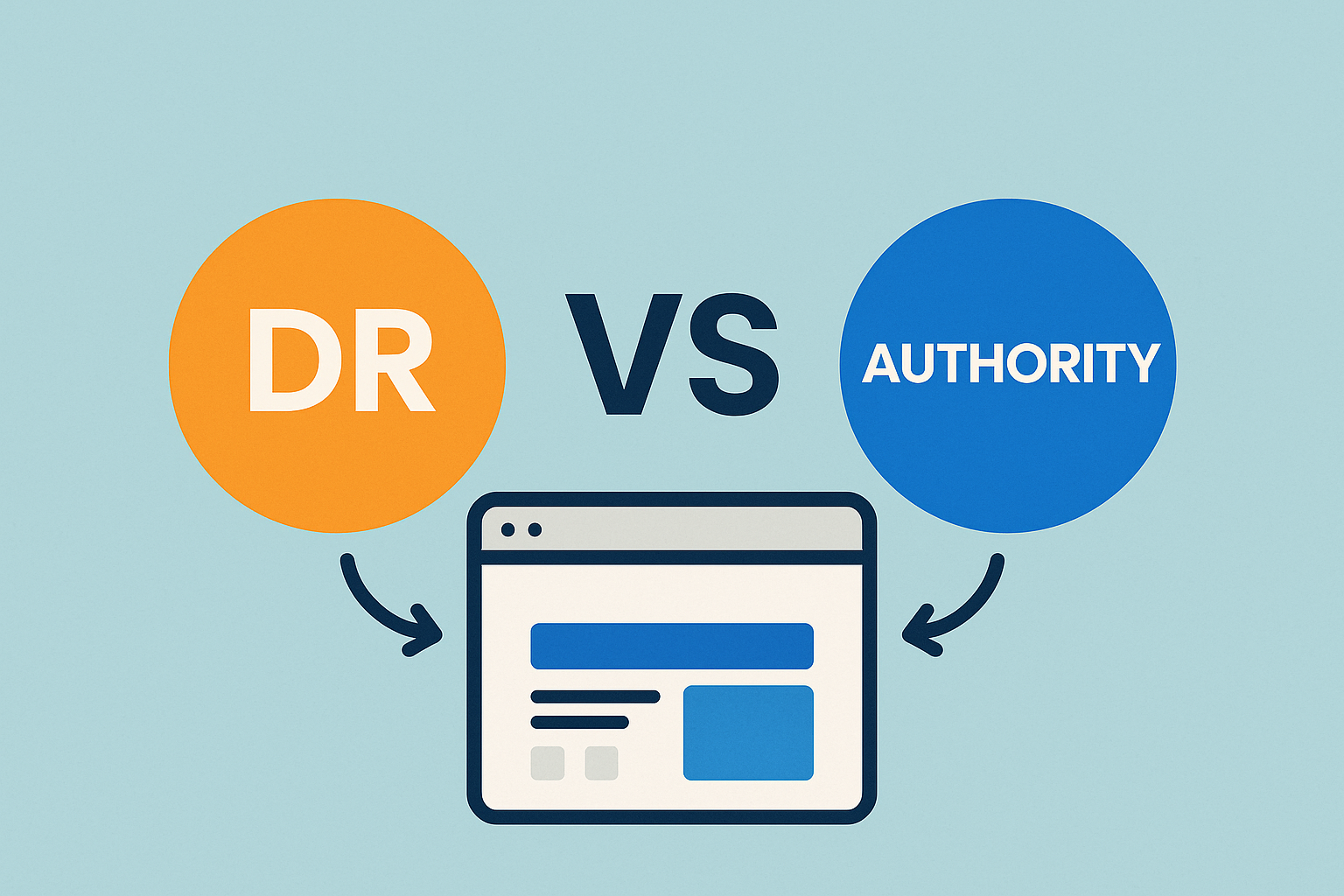
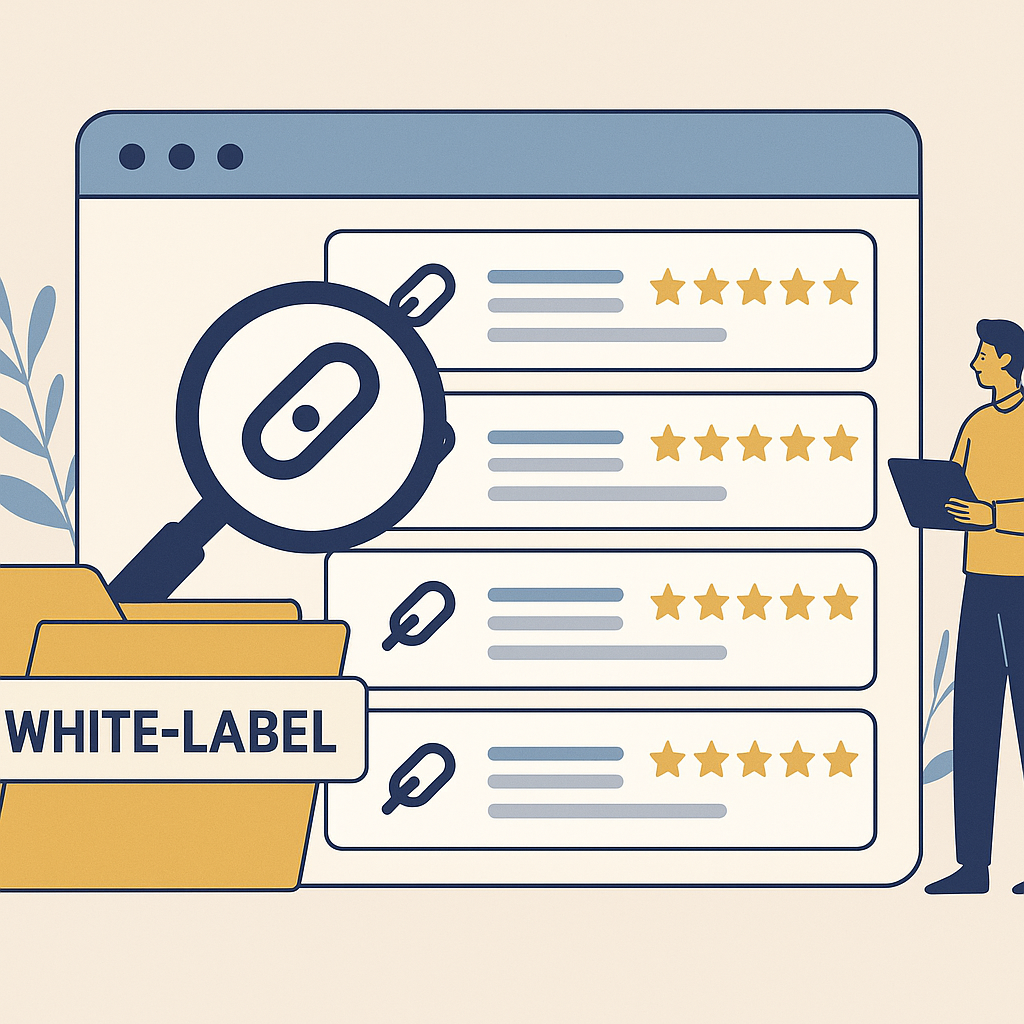


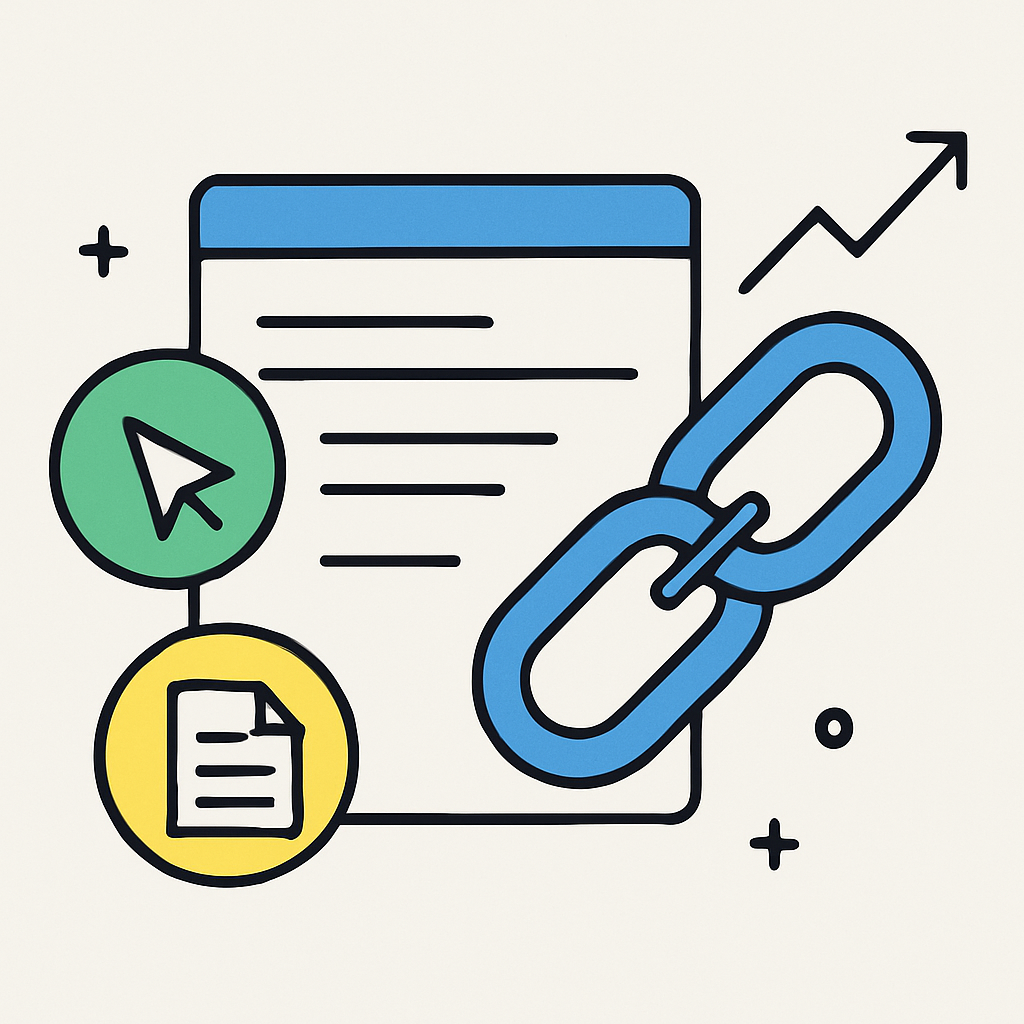





















![Backlink Profile: Analysis + [2 Perfect Examples]](https://clickass.io/wp-content/uploads/2024/01/Examples-of-Perfect-Backlink-Profile3-1.webp)
